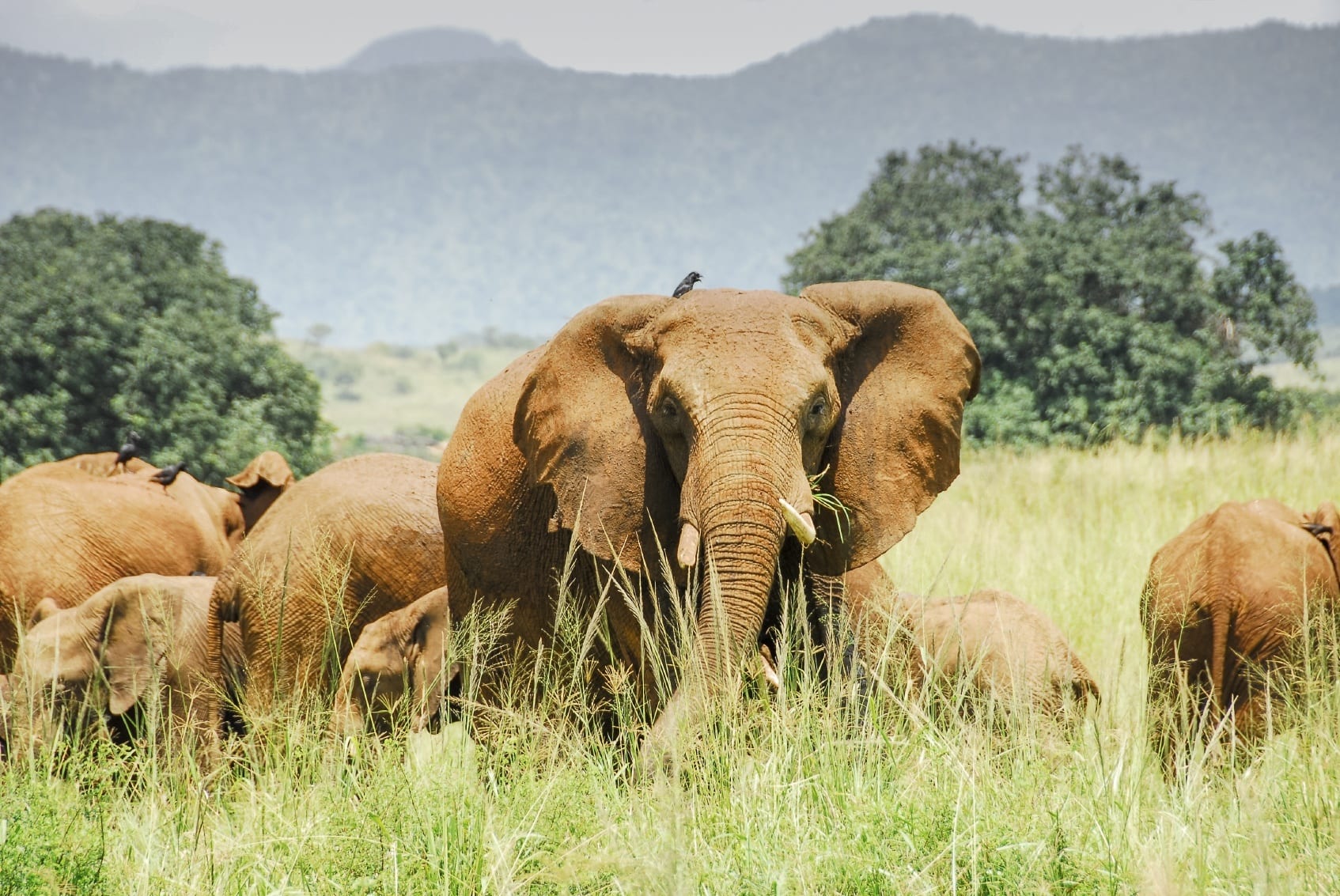
Beautiful and majestic as they are, elephants are losing the battle here on planet Earth. Last week, President Barack Obama came out and reported that urgent action is needed to save elephants from extinction, as we currently face the risk of losing wild elephants during the average adult’s lifetime. The president describes it as being an “unpardonable loss for humanity and the natural world.”
Not that the country hasn’t tried. The U.S. has actually made noticeable progress in its effort to protect wildlife and combat the poaching trade. Last May, David Attenborough, a wildlife broadcaster, called on ordinary people to band together and start better protection programs for African elephants and rhinos. But these efforts only go so far. According to The Guardian, an elephant is killed by poachers “roughly every 20 minutes.”
Recent data also revealed that more African elephants are being killed for ivory than there are being born. The Guardian reports:
“African elephant populations continue to face an immediate threat to their survival, especially in central and west Africa where high levels of poaching are still evident,” said John Scanlon, secretary-general of the Convention on the Trade in Endangered Species (Cites), which collects the data. At least 20,000 elephants were killed for ivory in 2015.
While poaching has decreased since its peak in 2011, the numbers recently spiked back up in 2014. Poachers are getting wiser, as well. They recently shot down a helicopter missioned to track down elephant poachers, killing the pilot. Last October, poachers poisoned 14 elephants in Zimbabwe National Parks, lacing the animals’ salt licks and orange supply with cyanide.
The UN is particularly concerned, believing that the elephant trade is particularly dangerous because it spurs international conflict and encourages corruption as well as harming endangered wildlife.
And elephants aren’t the only animals on the brink of extinction. There are several species also in a dramatic state of decline. Like that of elephants, the death of these animals is largely due to illegal hunting, but destruction of habitat is another factor contributing to their demise.
The list below uses information from Time Magazine and ActiveSustainability.com to illustrate some of, but not all, the animals in extreme danger of facing rapid extinction.
Javan Rhinoceros
This animal is often hunted by poachers in search of its horn, which is used in traditional Chinese medicine and as decoration. As of 2012, there are only about 29 Javan rhinos left on the island of Java, Indonesia.
Vaquita Porpoise
Shy creatures located within the Gulf of California, Vaquita porpoises are often the victims of illegal gill-net fishing. There are approximately 97 left.
Western Lowland Gorilla
While the lowland gorilla is one of the most widespread species of gorillas found in central Africa, it is also facing the dire threat of extinction. The gorillas have been wiped out largely in part to poachers, as the meat is considered a delicacy, but Ebola and habitat loss are two other huge factors.
Red Tuna
The sushi boom is chiefly responsible for the loss of the fish. In the last few years, red tuna’s population has been reduced by 85 percent.
Sumatran Orangutan
Classified as “critically endangered,” the Sumatran orangutan is currently falling victim to illegal pet trade and habitat loss. Activists are especially concerned because of the crucial role orangutans play in forest regeneration, and losing these “gardeners of the rainforest” means endangering thousands of other Indonesia plants and animals.
Polar Bear
Polar bears can only survive in areas where the oceans freeze, which is why global warming is the biggest threat to their existence. The more sea ice that disappears, the less time the polar bears will have to hunt, leaving them in a critical state of endangerment.
Siberian Crane
Also known as the Siberian wet crane or the snow crane, this bird is at the mercy of human development and oil exploration. As the wetlands decrease, so will the cranes.
Jaguar
Jaguars face several factors contributing to their potential extinction. Habitat loss is a big one, as farms, ranches, towns, roads, and border infrastructures all continue to develop in their migration routes in habitat areas. Ranchers often see killing jaguars as a form of pest control, as the cats will eat livestock if the opportunity presents itself. Their fur also makes them a prized target for poachers.
Irrawady River Dolphin
These river dolphins tend to dwell in the sweet water of Southern and Southeastern Asia, but contamination, new fishing methods, and elevated levels of salinity all contribute to the overwhelming numbers of death within the species. Between 79 and 91 creatures are reported to still exist.
Iberian Lynx
The Iberian Lynx is the world’s most endangered feline species. A decrease in food supply, increase in highways, habitat loss, and illegal hunting all contribute to the decline of the lynx. If the animal does go extinct, it will be the first cat species to do so in over 2,000 years.
—

Amanda Kohr is a 25-year-old writer and photographer with a penchant for yoga, food, and travel. She prefers to bathe in the moonlight rather than the sun, and enjoys living in a state of the three C’s: cozy, creative, and curious. When she’s not writing, you can find her driving her VW Bug, looking for the next roadside attraction or family diner. She also roams the internet at amandakohr.com and through Instagram.